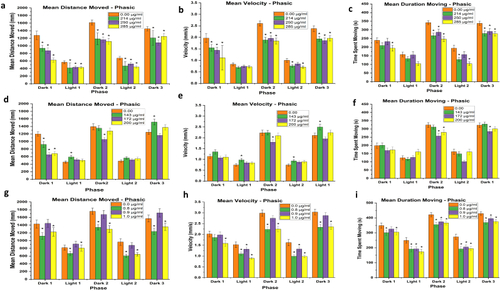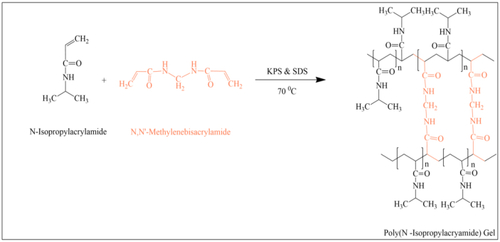- Title
-
Neurospecific fabrication and toxicity assessment of a PNIPAM nanogel encapsulated with trans-tephrostachin for blood-brain-barrier permeability in zebrafish model
- Authors
- Arjun, P., Freeman, J.L., Kannan, R.R.
- Source
- Full text @ Heliyon
|
|
|
|
|
Cellular uptake of NGs in fibroblast cells observed using EVOS inverted microscope. |
|
Toxicity evaluation of NG, NG + TT, and TT in developing zebrafish ( |
|
The NG conjugates were microinjected into the aortic region of zebrafish larvae to examine the possibility of crossing the BBB |
|
RP-HPLC analysis of TT delivery in adult zebrafish brain. (a) NG + TT with PS80, chromatogram where the TT peak (red) is observed in zebrafish brain at 13.56 min. (b) NG + TT without PS80 treated zebrafish brain, where no TT peak is observed in the chromatogram. |
|
Visual motor response assay in zebrafish larvae at 120 hpf exposed to concentrations below, at, and above the 96 hpf-LC50 for NG (a–c), NG + TT (d–f), or TT (g–i). Error bars represent standard error. ∗p < 0.05, N = 4 with 24 subsamples per treatment in each replicate to total 96 larvae per treatment. |
|
Expression analysis of genes associated with AD ( |
|
Scheme of PNIPAM-NGs synthesis. |









